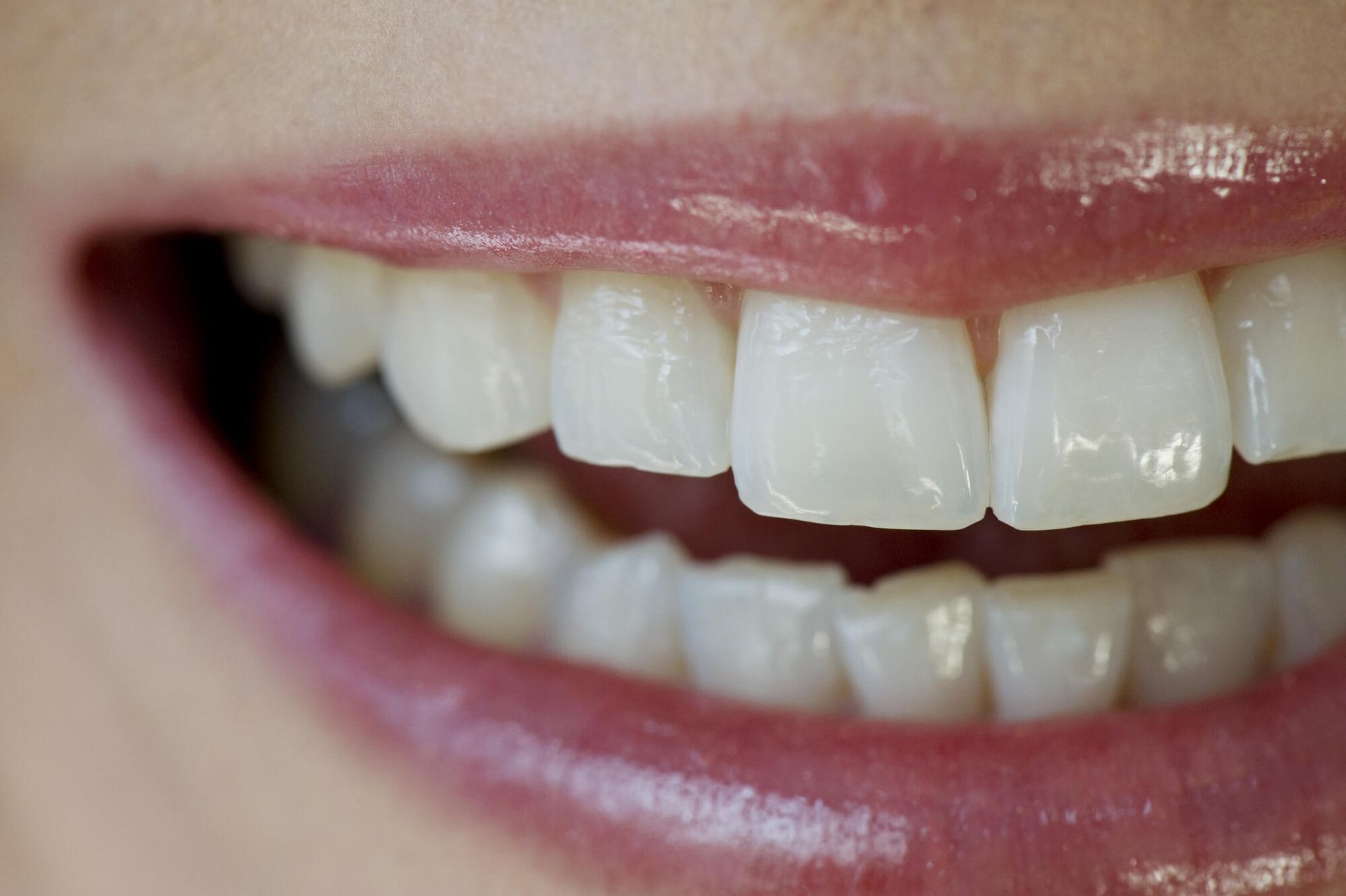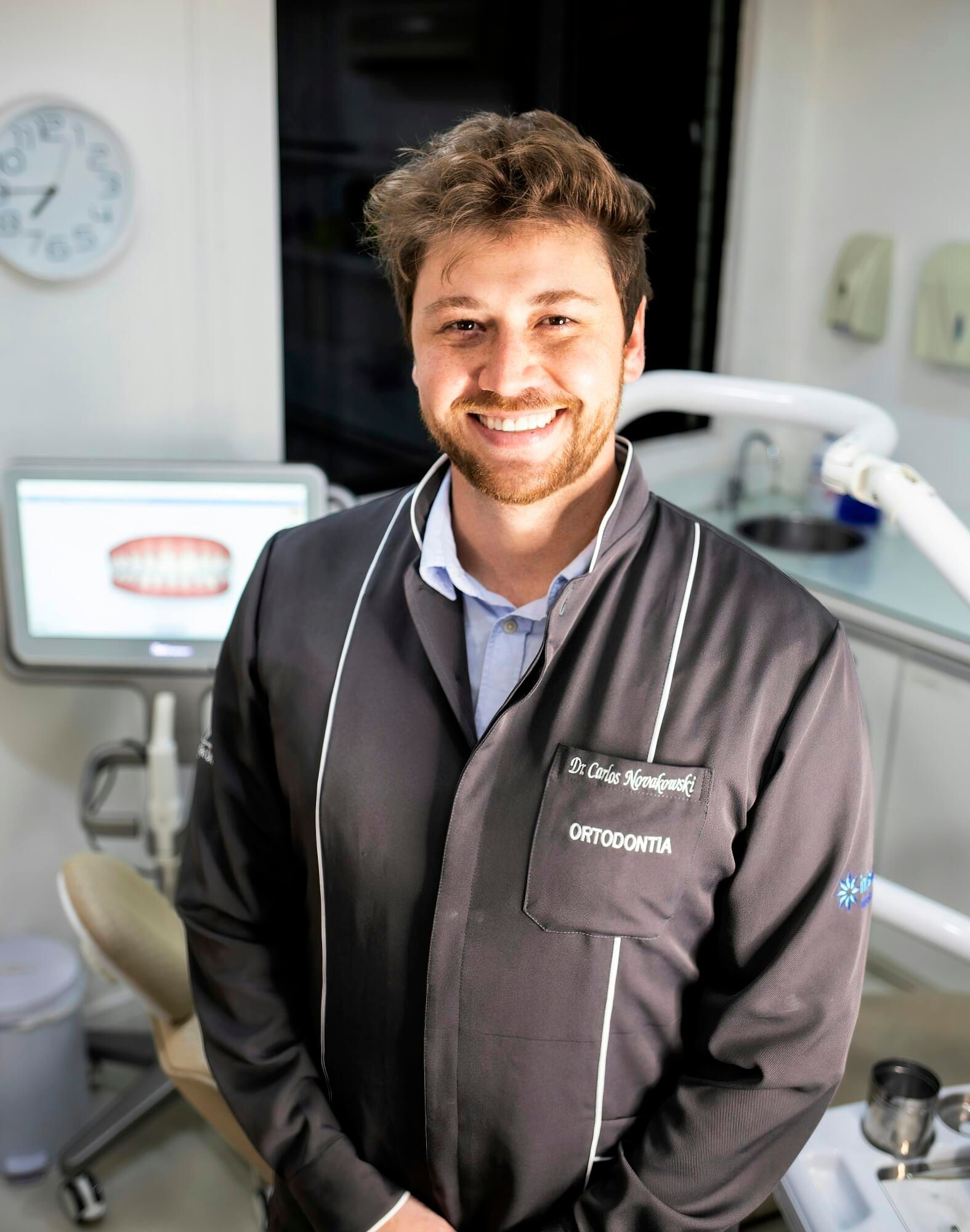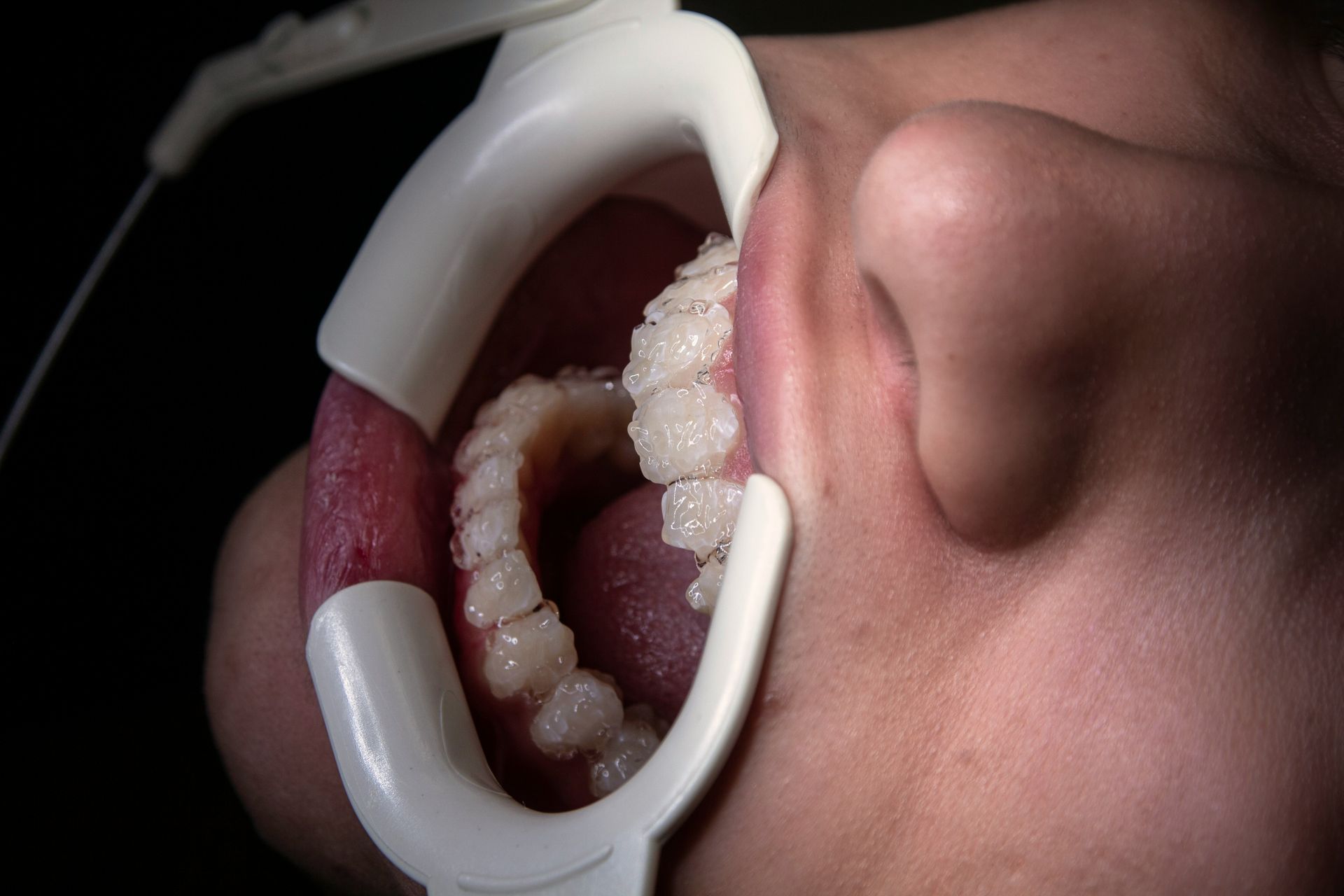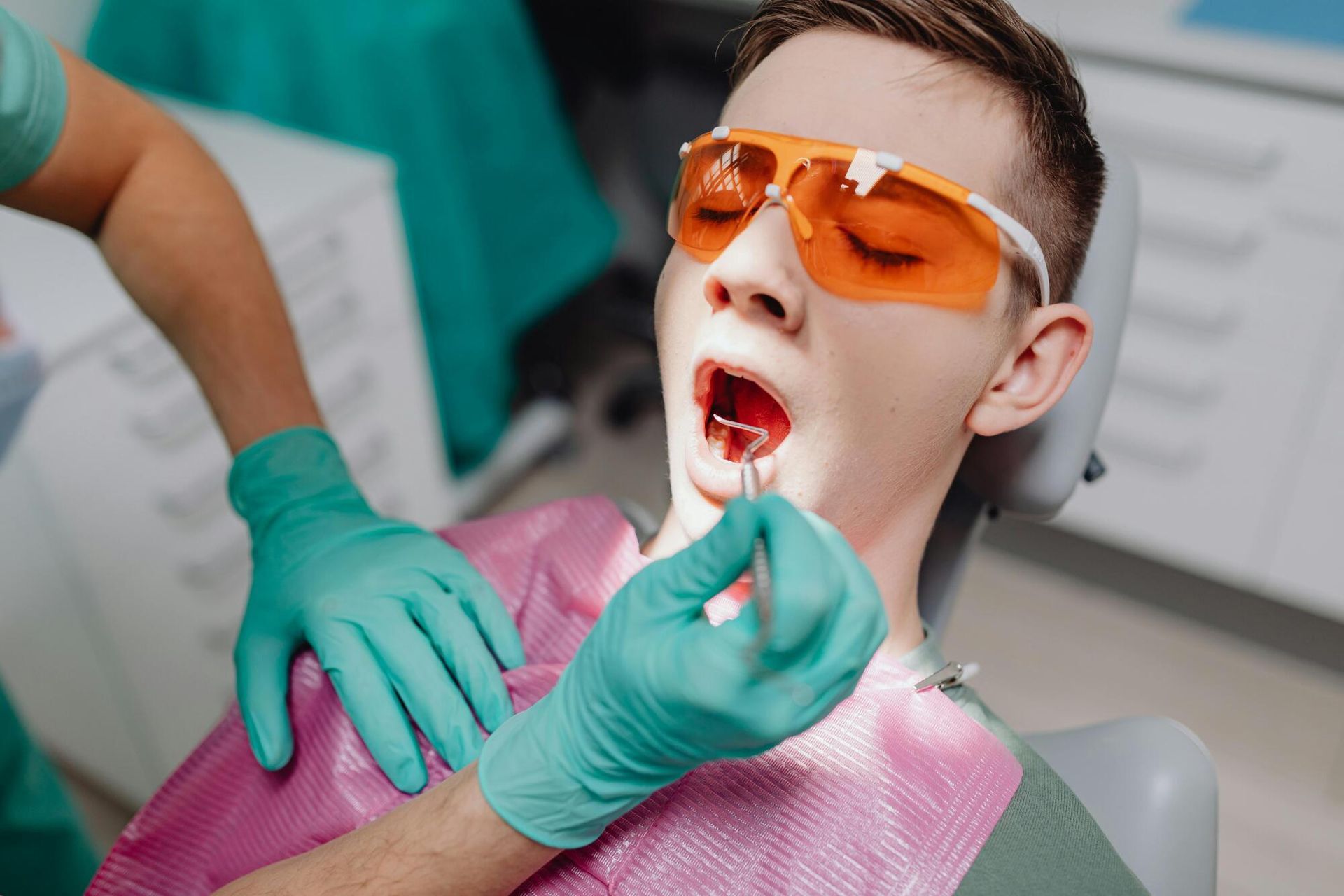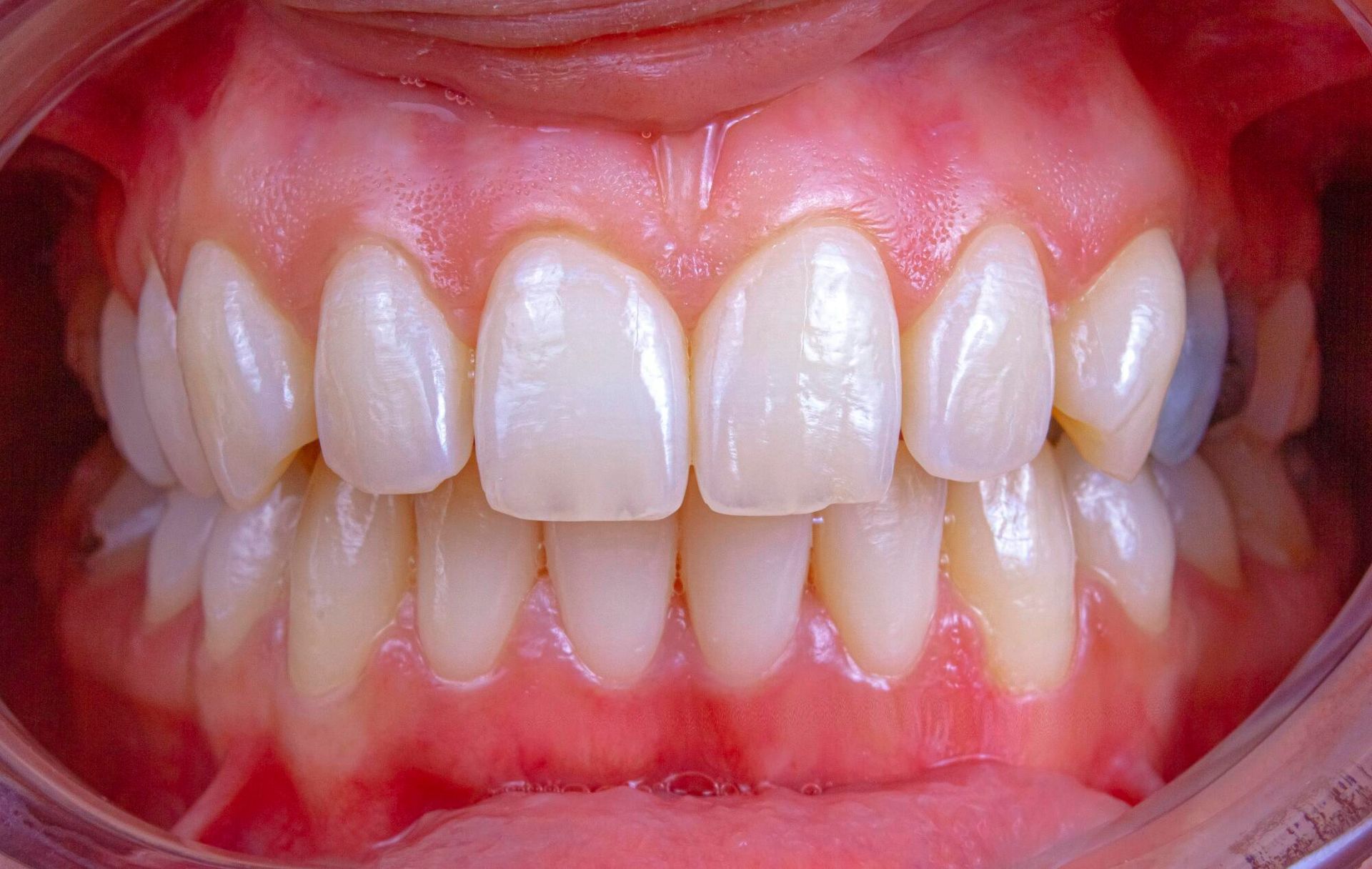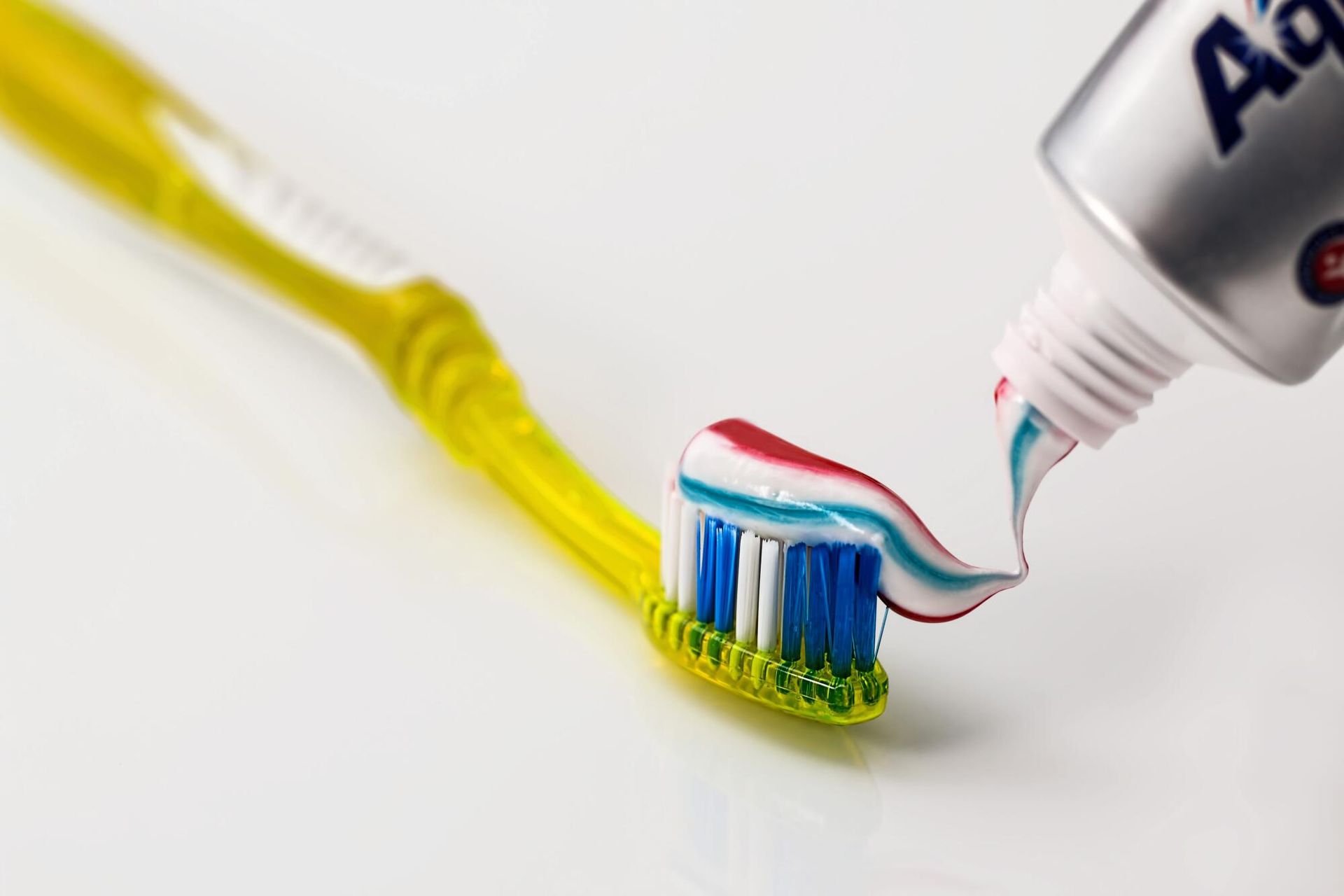Chao Pinhole Surgical Technique vs. Traditional Gum Grafting: Which Is Right for You?
Healthy gums are essential for a great smile and overall oral health. When gums recede, they can cause discomfort and affect the appearance of your teeth. That's where treatments like the Chao pinhole technique come in.
We're here to break down the differences between the Chao Pinhole Surgical Technique and traditional gum grafting. Understanding these options can help you make the best decision for your gum health.
In this article, we'll compare the two methods, discuss their benefits, and help you decide which is right. Ready to restore your smile? Let's dive in and explore your options for healthier gums!
Overview of Gum Recession and Treatment Options
Gum recession happens when your gum tissue pulls back, exposing more of your teeth and their roots. If not treated, this can lead to sensitivity, decay, and even tooth loss. Addressing gum recession is crucial to maintaining oral health and preventing further complications.
There are two main treatments to consider: the Chao Pinhole Surgical Technique and traditional gum grafting. Each method offers unique benefits and can effectively restore your gums. Understanding these options can help you choose the best treatment for your specific needs.
What Is the Chao Pinhole Surgical Technique?
The Chao Pinhole Surgical Technique is a modern approach to treating gum recession. It's gaining popularity for its effectiveness and minimally invasive nature.
The Procedure
During the Chao Pinhole Surgical Technique, a dentist makes a tiny hole in the gum tissue. Through this hole, they use special instruments to gently loosen the gums and slide them over the exposed roots of your teeth.
This method does not require any cutting or stitching, which makes it less invasive compared to traditional gum grafting.
Key Benefits of the Chao Pinhole Technique
One significant benefit of this gum rejuvenation procedure is the quicker recovery time. Patients often experience less discomfort and swelling.
Additionally, the results are immediate, and the procedure can help restore gums to a healthier state without needing grafts from other parts of the mouth.
This technique is also less time-consuming, often completed in a single visit, making it a convenient option for many.
By choosing the Chao Pinhole Surgical Technique, patients can achieve healthy gums with minimal disruption to their daily lives.
Traditional Gum Grafting Explained
Traditional gum grafting is a common and effective method for treating gum recession. This procedure has been used for many years and is known for its reliability.
The Procedure
In traditional gum grafting, a dentist or periodontist takes a tissue from the roof of your mouth and stitches it to the area where the gums have receded.
This grafted tissue helps cover the exposed roots, promoting healing and protecting your teeth from further damage.
Recovery Time and Effectiveness
The recovery time for traditional gum grafting can vary, but patients generally need a few weeks to heal fully. During this time, it's essential to follow your dentist's care instructions to ensure the best outcome.
Traditional gum grafting is highly effective despite the longer recovery period compared to the Chao Pinhole Surgical Technique. It provides long-lasting results and significantly improves gum health.
Benefits of Traditional Gum Grafting
Gum grafting is beneficial in restoring the natural gum line and protecting your teeth from sensitivity and decay.
This procedure also strengthens the gums, making them healthier and more resilient. Traditional gum grafting is a trusted method for many patients to achieve healthy gums and maintain a beautiful smile.
Comparing the Techniques
When choosing between the Chao Pinhole Surgical Technique and traditional gum grafting, it's essential to understand their differences. Each method has its own advantages and may be better suited for different situations.
Invasiveness and Recovery Times
The Chao pinhole technique is minimally invasive. It doesn't involve cutting or stitching, which usually leads to less pain and quicker recovery. Patients often return to their normal activities sooner.
On the other hand, traditional gum grafting is more invasive. It requires tissue removal and stitching, resulting in a longer recovery period. Patients might experience more discomfort and need more time to heal.
Effectiveness and Situations Favoring Each Method
Both methods are effective for treating gum recession and promoting healthy gums. The Chao Pinhole Surgical Technique offers immediate results and is often preferred for its convenience and minimal downtime.
Traditional gum grafting, though requiring a longer recovery, is highly reliable and might be more suitable for severe cases of gum recession. It provides a strong, lasting solution for extensive gum damage.
Patient Testimonials and Expert Opinions
Many patients report high satisfaction with the Chao Pinhole Surgical Technique, praising its quick recovery and minimal pain. Experts often recommend it for those seeking a less invasive option.
Traditional gum grafting remains a trusted method among dentists, especially for patients needing a more comprehensive gum rejuvenation procedure. It's favored for its proven track record and effectiveness in severe cases.
Choosing the right technique depends on individual needs and the specific condition of your gums. Consulting with a dental professional can help determine the best option for you.
Choosing the Right Method for You
Both the Chao pinhole technique and traditional gum grafting effectively treat gum recession. The Chao Pinhole Surgical Technique is minimally invasive with a quick recovery, making it ideal for those seeking convenience.
While more invasive, traditional gum grafting provides a reliable solution for severe cases and ensures long-lasting results.
To decide which method is best for you, consider the extent of your gum recession and your personal preferences.
Consulting with a dental professional is crucial. They can assess your situation and recommend the most suitable treatment to restore your healthy gums.
The Importance of Treating Gum Recession
Treating gum recession is crucial for maintaining oral health and a confident smile. Both the Chao pinhole technique and traditional gum grafting offer effective solutions. The Chao Pinhole Surgical Technique stands out with its minimally invasive nature and quick recovery.
Consulting with your dentist will help determine the best method for you. At Smart Smile Dental, our Chao Pinhole Surgical Technique expertise ensures exceptional care.
Contact us today to restore your gums with this innovative procedure.
